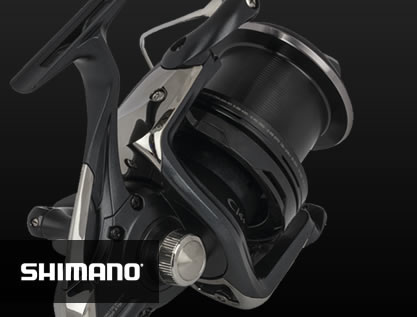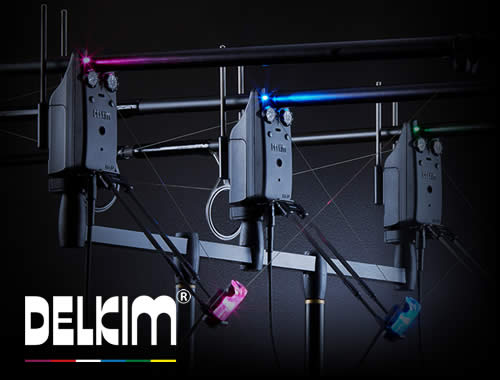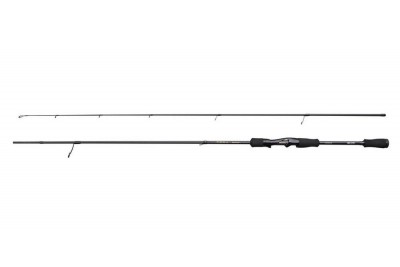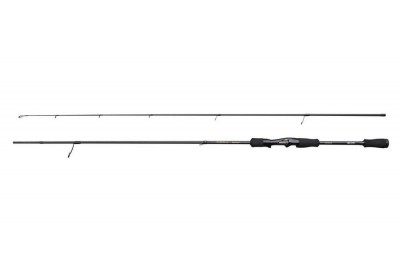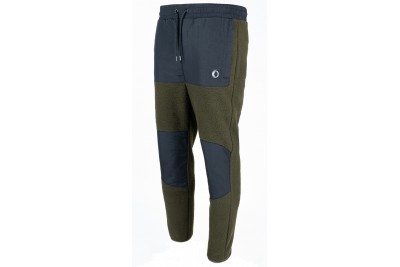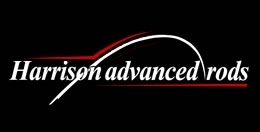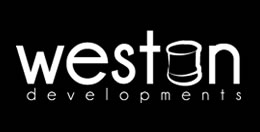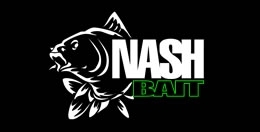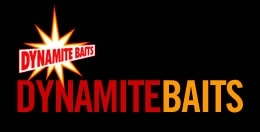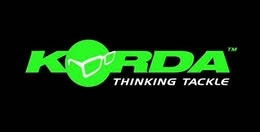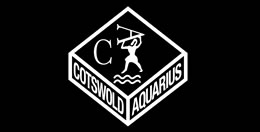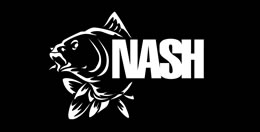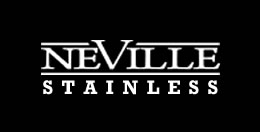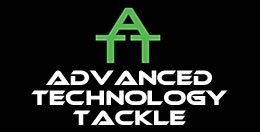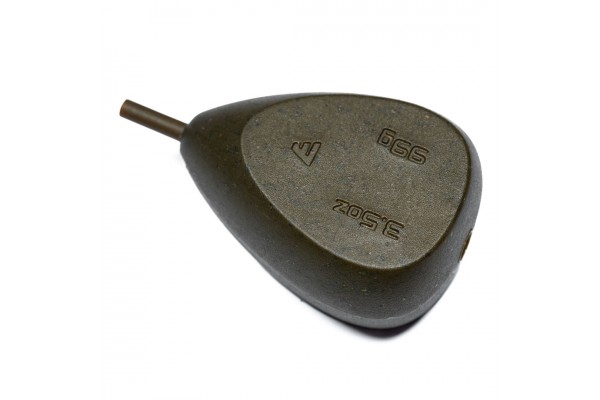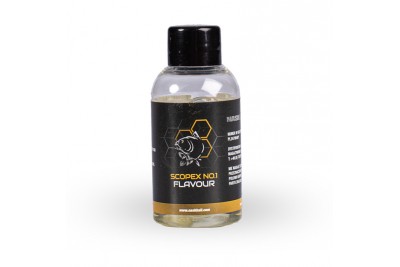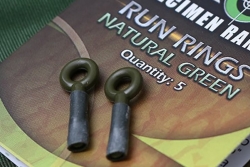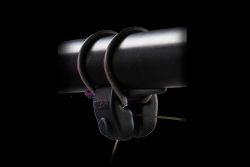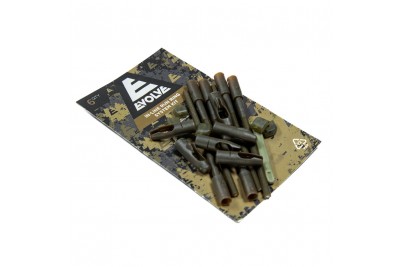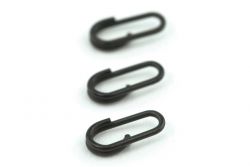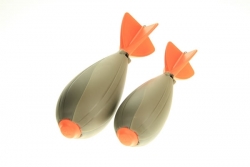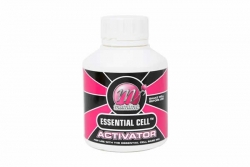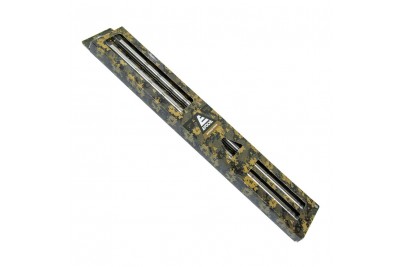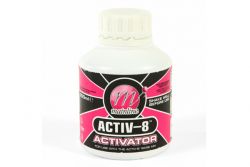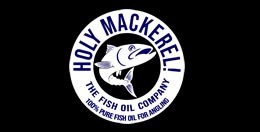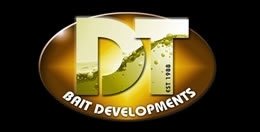Front heavy dumpy flat pear shape for effective casting and stability on the lake bed.
Dumpy flat pear shape for balanced proportions
Supplied with dedicated multifunctional in-line insert
Peg utilised to secure the swivel inside the insert when set up traditionally for maximum fish safety
Weights insert releases at a force proportional to the Weights size, for maximum fish safety when fished traditionally, and optimum functionality when fished drop off
Two release fittings in the insert ("+"/"-"), so swivel release can be tuned to the size of weight being used and/or the angling situation requirements when set-up to drop the Weight
Drop off slot to guide line/leaders over the weights in a neat and controlled manner
Robust Evolve ‘dark camo’ skin to withstand all eventualities
Work in conjunction with Evolve In-Line Tail Rubber (sold separately).
Compatible with Evolve Drop Off In-Line System and In-Line Run Rig System
EVOLVE TACKLE LEAD STATEMENT
Lead has always been present in fishing, as it is a cheap material and it performs well.
It possesses unique characteristics; high density, malleability, ease of production and cost, making it perfect for a range of fishing products.
So what’s the problem?……. Lead is a highly toxic and poisonous metal!
Lead has well documented hazardous properties and adverse effects on both human health and wildlife. This is why it is placed on the ‘hazardous substance list’, and is included in the candidate list of ‘substances of very high concern’ (SVHC) by the European Chemicals Agency (ECHA).
At all stages of lead usage there are hazards:
Mining to remove from the ground (highly polluting practice)
Manufacturing & smelting (harmful gases released)
Release of lead into the environment (intentionally & unintentionally by anglers)
Recycling of lead (repeated smelting & manufacturing practices releasing harmful gases)
The demand for lead is increasing, and demand outstrips (the finite) supply, so any continual use of lead requires more mining and processing (recycling) to meet demand, promoting the cyclical hazards. Normally recycling of materials is to be aspired to, but this is not the case with lead, as any processing is hazardous.
The best and safest place for lead is in its natural domain – locked in the earth’s crust.
Lead will not change over time, it is a material in its final state (having decayed from uranium), and it will not become less toxic or less of a risk. Unless it is physically removed, any lead weights or lead containing products released into an aquatic environment are there indefinitely.
Over the course of the many years that lead and fishing have been intertwined, our lakes, rivers and environment have seen a continual increase in lead release from fishing.
This is a worrying trend that needs to stop, so the accumulation of lead already deposited in our lakes and rivers ceases to grow.




